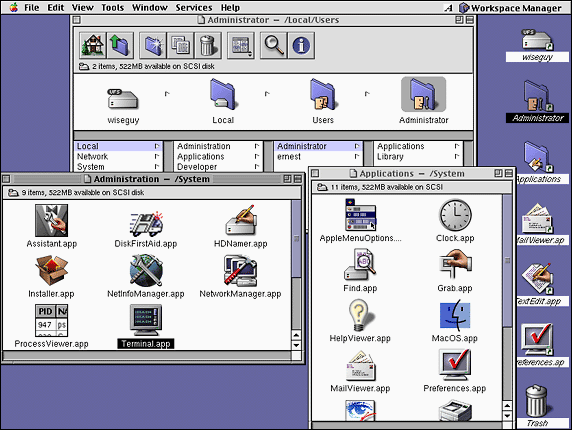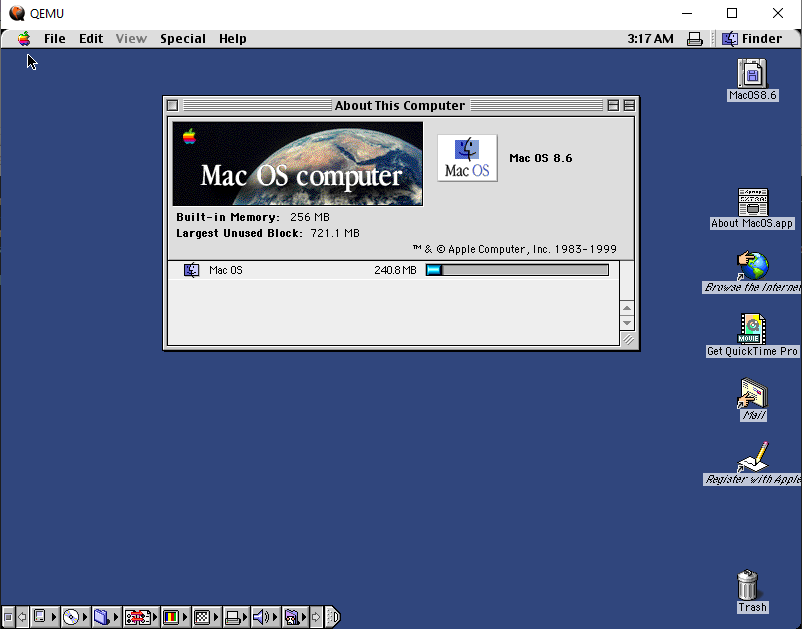

Some of these directories are not queues (like pid). On OS X the queue directory is /Library/Server/Mail/Data/spool. The queue directory can be found with this command. Note, the active queue has a directory and messages in it, but the "real" active queue is in memory. Įach message is stored as a file in a directory that represents the queue. I think I had to call them and tell them my server was legit, or submit an email or something.

It's been awhile since this happened to me so I don't remember exactly what I had to do. I think GoDaddy probably blocks with little provocation. I found it interesting that GoDaddy decided to blacklist me once. This will requeue everything in the deferred queue. You can also use the ALL keyword followed by a queue name (hold, incoming, active and deferred). You usually do NOT want to do this unless you're putting everything on hold. Or you can use the "ALL" keyword to affect all of them (very careful with this one). If you don't want to specify each queue id you can use a "-" and then enter many message ID's. You can also delete a file with -d (careful with this one). You can move files from the hold and active queues with these commands. You can also just view the header ( -h), the envelope ( -e), or the body ( -b). That will display everything about the message. postcat /Library/Server/Mail/Data/spool/deferred/D/D62105E96CBD If you want to view the contents of a file you use postcat and give it either the path to the file or the -q flag followed by the queue id. In main.cf change inet_interfaces to be "inet_interfaces = loopback-only". postconf -e "master_service_disable = inet"Ī more invasive version would be to change the underlying sockets (see ). Stop accepting mail but continue to deliver mail in the queue The next lines will contain either the deferred message (if it's in the deferred field) or the recipients. The third field is the date it was received. The second field is the size of the message. If it has nothing it means it is in the deferred queue. If it has a "!" it means it is in the hold queue. If it has an "*" it means it's in the active queue. This command will print a list of emails that look like this. I've never seen any messages in any of the other queues (presumably because they move from queue to queue so quickly) so I've never had to deal with them. I talk more about content filters in the earlier postfix post.
Os x server full#
For example, if the active queue is full of 1000's of messages and it keeps growing I move everything to the hold queue until I can figure it out (like if I'm basically under spam attack, getting the spam out of the active queue allows me to stop spam delivery and selectively move the real messages out of hold into the active queue).Īnother reason to know about the hold queue is that you can use content filters (called "checks") to automatically move messages into that queue. I move messages to the hold queue when something is wrong with the active queue.

The hold queue is for the administrator, and so postfix leaves it alone. I've never had to deal with these, but it is important to know. The deferred queue contains emails that failed to deliver and those will be moved to the active queue after waiting ('queue_run_delay' setting value, mine is 5 minutes). If the active queue fills up to 20,000 messages (the default max), the 'qmgr_message_active_limit' setting value), then the incoming queue will fill up. The active queue contains emails that are in line to be dealt with and emails go in and out of this queue fairly quickly, unless there is a problem, of which I've had to deal with twice in 2 years. I haven't had a need to understand all of the queues, so I'll just explain the ones I've dealt with. The best explanation for queues that I could find is in the Postfix book or this website. In this sense it just moves messages from one queue to another. OS X Server - Postfix Queues (this page).I'm a little surprised there isn't something like this out there already but maybe I'm missing something. Here's my notes and a little script to help. Since running Postfix, I've had a few incidences where my queues filled and the server basically quit delivering email. DIY Capacitive Stylus for iPad and iPhone.Mounting VirtualBox HFS+ VDI files on OS X.Reading the keychain with a perl script.OS X Server - Postfix Queues - Magnusviri


 0 kommentar(er)
0 kommentar(er)
